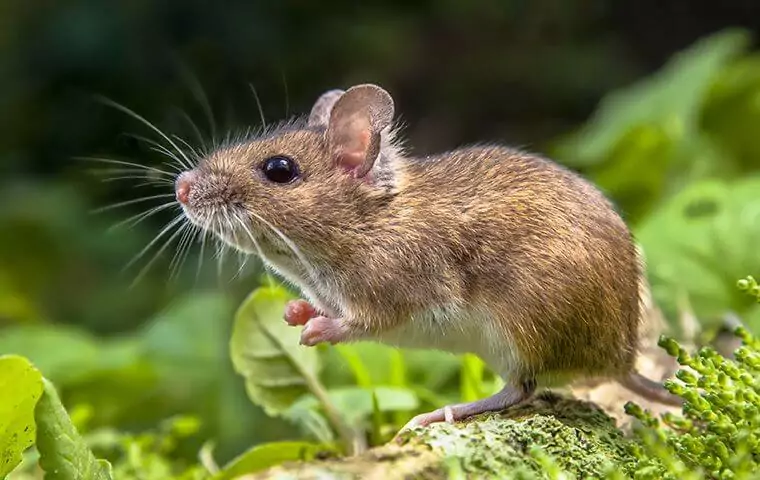Deer Corn and Castor Oil Mouse Repellent: Usage and Efficiency
Share
In the quest for natural pest control solutions, deer corn and castor oil mouse repellent have emerged as intriguing alternatives. These household items have garnered attention for their potential to ward off unwelcome critters without the use of harsh chemicals. But how effective are they really? In this article, we will delve into the details, exploring how these substances are used and their effectiveness in repelling mice.

What is Deer Corn?
Deer corn is a type of feed corn commonly used to attract deer for hunting or wildlife observation. It is inexpensive and widely available in rural areas. While primarily associated with deer, some homeowners have started experimenting with deer corn as a part of their rodent deterrent strategy.
Deer Corns Role in Pest Control
The idea behind using deer corn is that it serves as a decoy, attracting mice away from homes and gardens. Placing it strategically in areas where mice are active might lure them away from more critical areas. However, the effectiveness of this method is still largely anecdotal and lacks scientific backing.
Exploring Castor Oil as a Mouse Repellent
Castor oil has long been touted for its myriad uses, from skincare to digestive health. Its role in pest control, particularly as a mouse repellent, is rooted in its strong smell and taste, which are believed to be unpleasant to rodents.
How Castor Oil Works
The primary mechanism by which castor oil repels mice is through its potent aroma. When applied to surfaces or mixed with other natural ingredients, it creates a scent barrier that mice are likely to avoid. Moreover, the oil is sticky and can coat the fur of the mice, further discouraging them from returning.
Combining Deer Corn and Castor Oil for Maximum Impact
Some homeowners experiment with combining deer corn and castor oil in their pest control efforts. The theory is that while deer corn attracts mice to a specific area, the unpleasantness of castor oil keeps them from venturing further into human habitats. This combination could potentially serve as a balanced approach to natural mouse deterrence.
Practical Application and Tips
For those interested in trying out this combination, start by placing deer corn in areas where you typically observe mouse activity. Then, apply castor oil around the perimeter of your home or directly onto surfaces you wish to protect. This layered approach might enhance the overall effectiveness of your pest control strategy.
Effectiveness and Limitations
While the concept of using deer corn and castor oil is appealing, its crucial to acknowledge the limitations. Scientific research specifically focused on these substances as mouse repellents is sparse. As such, results can vary significantly from one household to another depending on the severity of the infestation and the environment.
For those seeking more proven solutions, there are numerous intelligent pest solutions available that might offer more consistency and reliability.
Complementing Natural Methods with Other Strategies
To maximize your pest control efforts, consider combining natural methods with other strategies. This might include sealing entry points, maintaining a clean environment, and using traps or other store-bought repellents. For comprehensive guidance on dealing with mice, consult resources such as Homes and Gardens.

FAQs
Can deer corn attract more pests than it deters?
Yes, while deer corn may attract mice away from certain areas, there is a risk it could attract other wildlife, including more mice, if not managed carefully.
Is castor oil safe to use around pets and children?
Generally, castor oil is safe for use around pets and children when used appropriately. However, its always best to apply it in areas that are out of reach to avoid accidental ingestion or contact.
How often should I apply castor oil to maintain its effectiveness?
Reapply castor oil every few weeks, or more often if there is heavy rainfall or other environmental factors that might wash it away.
For more insights into natural rodent control, visit Natural Rodent Control Solutions.
